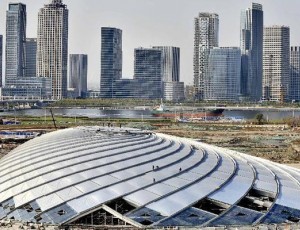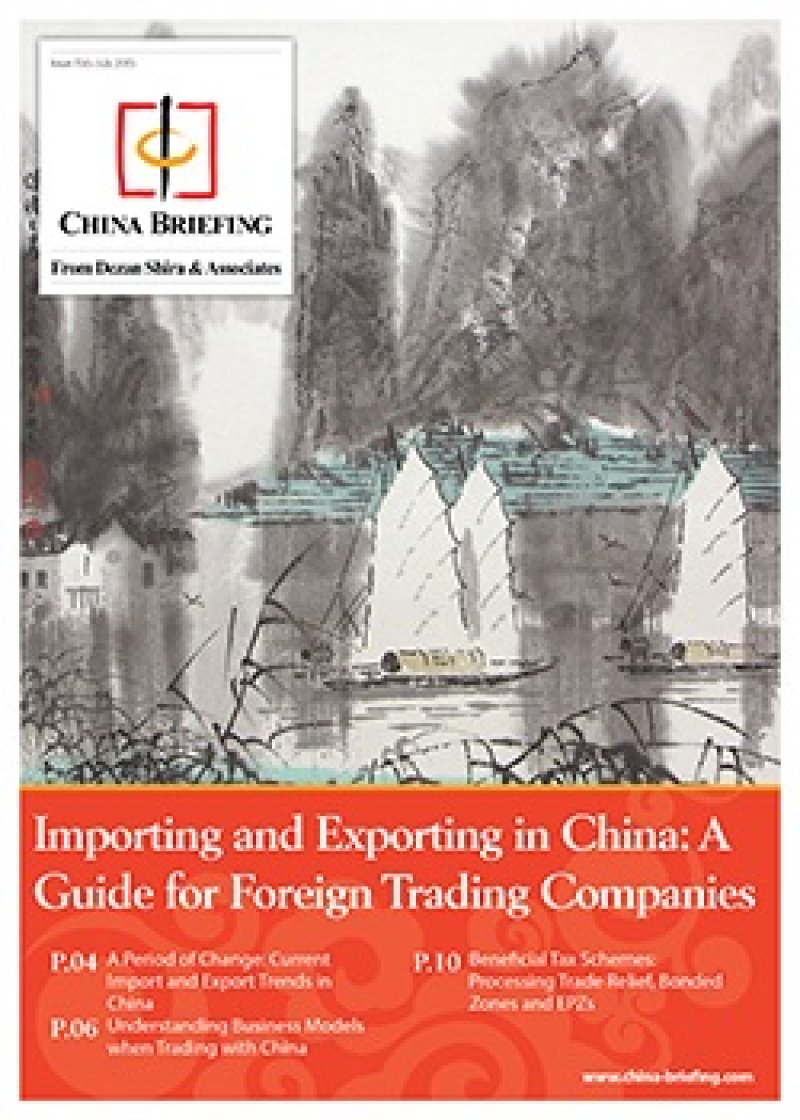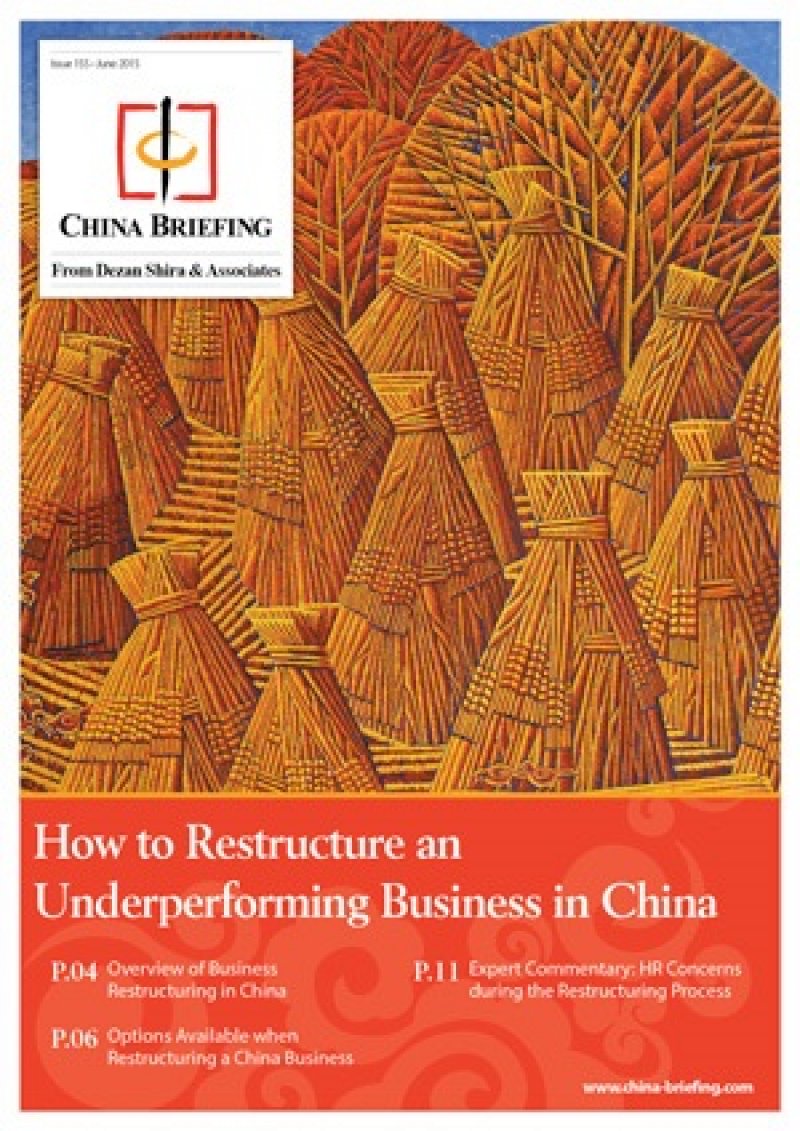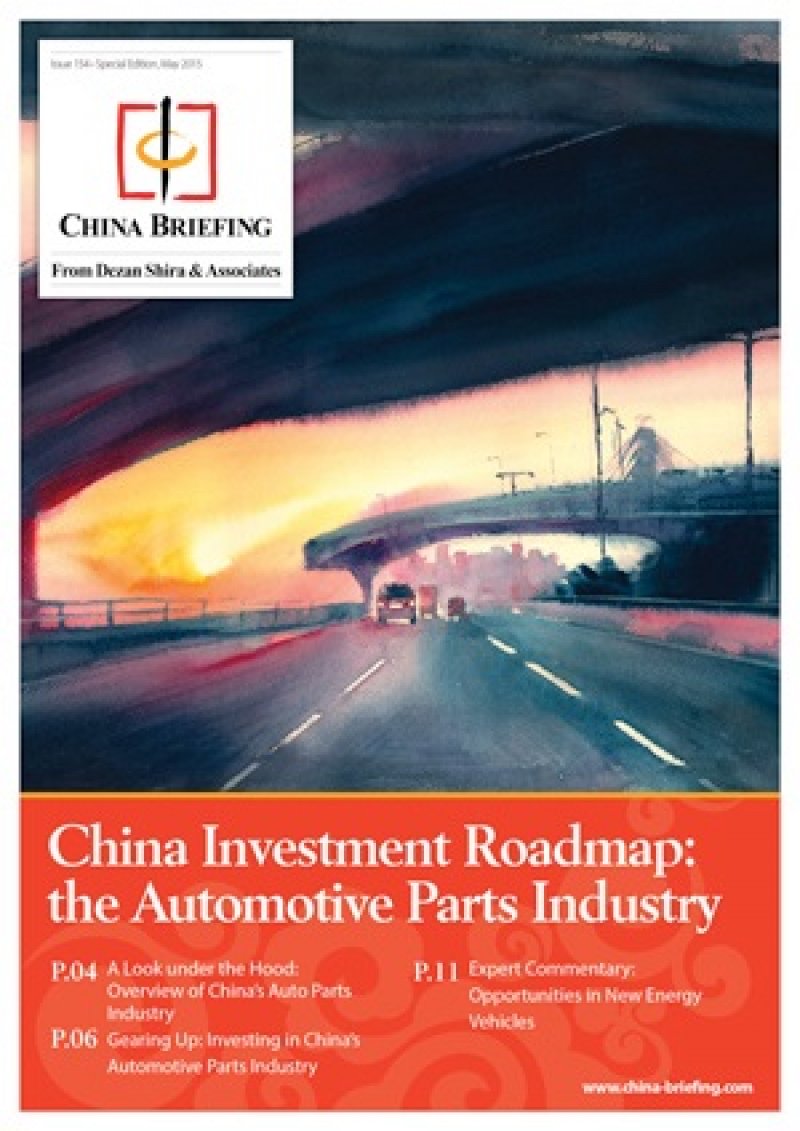A Closer Look at China’s Free Trade Zones – Part II
As seen in our previous article, we can distinguish the four Free Trade Zones (FTZ) in China by the different regional goals that each is serving.
Especially with the three new Free Trade Zones, it is a clear goal to create regional concentrations of certain industries. In many industries, companies benefit from being close to suppliers, service providers, specialist labor pools and the so on.
For instance, the manufacturer of machinery components may be lured to leave China by lower wages abroad. However, when the machinery is being assembled, the different components all need to be brought in from different suppliers around the world. The labor savings may weigh up against the transport costs, but that does not count for the added complexity the supply chain now has.
The investor now has to deal with all kinds of supply chain risk, such as accidents during transport or other delays. The process now involves dealing with Customs, different tax and legal systems, production conditions in different countries and other hidden costs. Having most of one’s suppliers and customers in the same area can mitigate these risks.
One of the key aspects of the Free Trade Zones are the liberalized regulations on financial institutions, including the use of offshore RMB and other relaxed currency controls. These enable financial institutions to offer financing to their customers on better terms. This has been a major draw for companies setting up in the zones.
 RELATED: Business Advisory Services from Dezan Shira & Associates
RELATED: Business Advisory Services from Dezan Shira & Associates
Not all of the FTZ’s benefits come in the form of relaxed regulations. Many of these are rather a targeted allocation of government resources, such as setting up systems to handle administrative matters online, rather than having to submit paper documents.
Tianjin – Financing capital intensive industries
The Tianjin FTZ lacks the cross-border tie-in that Guangdong has with Hong Kong and Macau, and Fujian has with Taiwan. Instead, the Tianjin FTZ is intended to foster the integration of the Jing-Jin-Ji area.
The Tianjin FTZ’s policies are geared towards attracting companies that manufacture large, technologically advanced machinery. The targeted industries are largely capital-intensive. As such, an important part of the Tianjin FTZ policies target financial leasing companies and related forms of finance. Already, the city of Tianjin holds one fourth of the financial leasing market.
Among sectors that are specifically targeted are ship and aircraft building and the production of marine equipment. Special tax benefits apply when importing or exporting these. Aircraft, vessels, marine equipment and their components also receive preferential Customs treatment, such as faster inspections for import, export and repairs.
Tianjin – Preferential customs measures
Parts of the Tianjin Free Trade Zone are also bonded zones, which means they are not treated as part of China for Customs purposes. Moving goods between the zone and the rest of China is considered import-export. The benefit here is that companies within the zone do not need to pay VAT in transactions with other companies in the zone. When goods are imported or exported from the zone, no customs duties or import/export levies are due. The Tianjin Customs Department views the Free Trade Zone as one bonded zone, so that for example a company in the Tianjin Airport section of the FTZ does not pay VAT on transactions with suppliers in the Tianjin Port area. Within the FTZ, all customs declarations have been cancelled.
The Free Trade Zone also facilitates selling goods on consignment from within the zone. Normally, whenever goods are taken out of a bonded zone, import levies and customs duties need to be paid. When the goods are brought back in, export levies need to be paid, with all the costs and red tape involved. However, the Tianjin FTZ customs allows goods on consignment to be taken out and displayed at special expositions monitored by customs. Only when the goods are actually sold do the import levies and customs duties need to be paid.
Tying in with Tianjin’s status as the finance hub for the northern region, the FTZ also features a special customs regime for the delivery of futures goods into bonded zones. Applied to aviation and shipping, companies can save costs by buying fuel futures and having these delivered in the bonded zone within the FTZ. That way, companies can fuel aircraft and vessels without paying import duties.
![]() RELATED: Nationwide Tax Refunds for Cross-Border Financial Lease
RELATED: Nationwide Tax Refunds for Cross-Border Financial Lease
Another focus is repair and maintenance of capital-intensive goods. For instance, when the producers of aircraft components are all located within the (bonded) Free Trade Zone, it is easy to source the components necessary for the repair or maintenance of the aircraft. With all the parties located within the bonded zone, most of the aircraft repair will be tax exempt.
In recent years, China has emerged as an exporter of capital goods to emerging markets customers for whom Western producers are too expensive. The policy documents on the Tianjin FTZ designate the city as one of the spearheads in developing these markets. Countries like Turkey, Pakistan, Myanmar and Indonesia are specifically mentioned. Coupled with this is the granting of export credit to companies that are entering new international markets.
|
Asia Briefing Ltd. is a subsidiary of Dezan Shira & Associates. Dezan Shira is a specialist foreign direct investment practice, providing corporate establishment, business advisory, tax advisory and compliance, accounting, payroll, due diligence and financial review services to multinationals investing in China, Hong Kong, India, Vietnam, Singapore and the rest of ASEAN. For further information, please email china@dezshira.com or visit www.dezshira.com. Stay up to date with the latest business and investment trends in Asia by subscribing to our complimentary update service featuring news, commentary and regulatory insight. |
![]()
Importing and Exporting in China: a Guide for Trading Companies
In this issue of China Briefing, we discuss the latest import and export trends in China, and analyze the ways in which a foreign company in China can properly prepare for the import/export process. With import taxes and duties adding a significant cost burden, we explain how this system works in China, and highlight some of the tax incentives that the Chinese government has put in place to help stimulate trade.
How to Restructure an Underperforming Business in China
In this issue of China Briefing magazine, we explore the options that are available to foreign firms looking to restructure or close their operations in China. We begin with an overview of what restructuring an unprofitable business in China might entail, and then take an in-depth look at the way in which a foreign company can go about the restructuring process. Finally, we highlight some of the key HR concerns associated with restructuring a China business.
China Investment Roadmap: the Automotive Parts Industry
This issue of China Briefing presents a roadmap for investing in China’s automotive industry. We begin by providing an overview of the industry, and then take a comprehensive look at key foreign investment considerations, including investment restrictions, tax incentives and manufacturing requirements. Finally, we discuss foreign investment opportunities in a part of the industry that receives substantial government support: new energy vehicles.
- Previous Article Tmall, Yihaodian and JD: A Comparison of China’s Top E-Commerce Platforms for Foreign Enterprises
- Next Article State by State – China and Ohio Trade













